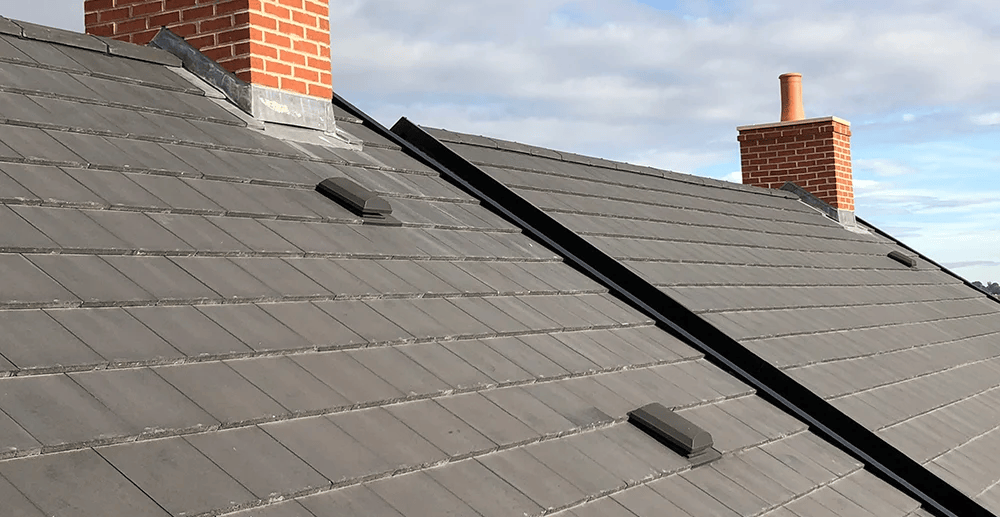Lead flashing is a material used to waterproof roof areas where joints or transitions exist. Over time, exposure to moisture can cause the buildup of lead carbonate, a white, powdery substance, which can result in unsightly marks on the roof and flashing.
To prevent this, patination oil can be applied to the flashing as a final step in the installation process. This oil is a barrier to protect the lead flashing from water and should be applied to a clean, dry surface.
Cleaning Lead Flashing
The lead may have been installed some time ago and requires more than just cleaning. Small white streaks can be removed with vinegar or lemon juice applied with a nylon brush.
In case your house has heavy white streaks or other stains, and you want to get rid of them, use a lead sheet cleaner such as the Premium Lead Sheet Restorer. If your lead is over 50 years old, you should use the G3 grade. If it is 50 years old or less, you should opt for the G1 grade. Apply with a nylon scouring pad or cloth. Using this method, you will be able to restore the appearance of your lead.
Applying Patination Oil
When the lead is free of grime and moisture, use a soft cloth to apply the patination oil to the entire surface area using straight strokes.
Make sure to take care when applying patination oil. It is made using white spirits, which is harmful and which can evaporate at low temperatures. Due to lead’s toxic properties, you’ll want to take precautions. You can try applying a second coat if you wish, for more effective protection. This is especially relevant in areas with harsh weather conditions such as Scotland.
If you’re unsure about anything else, look at the MRUK Blog here.



